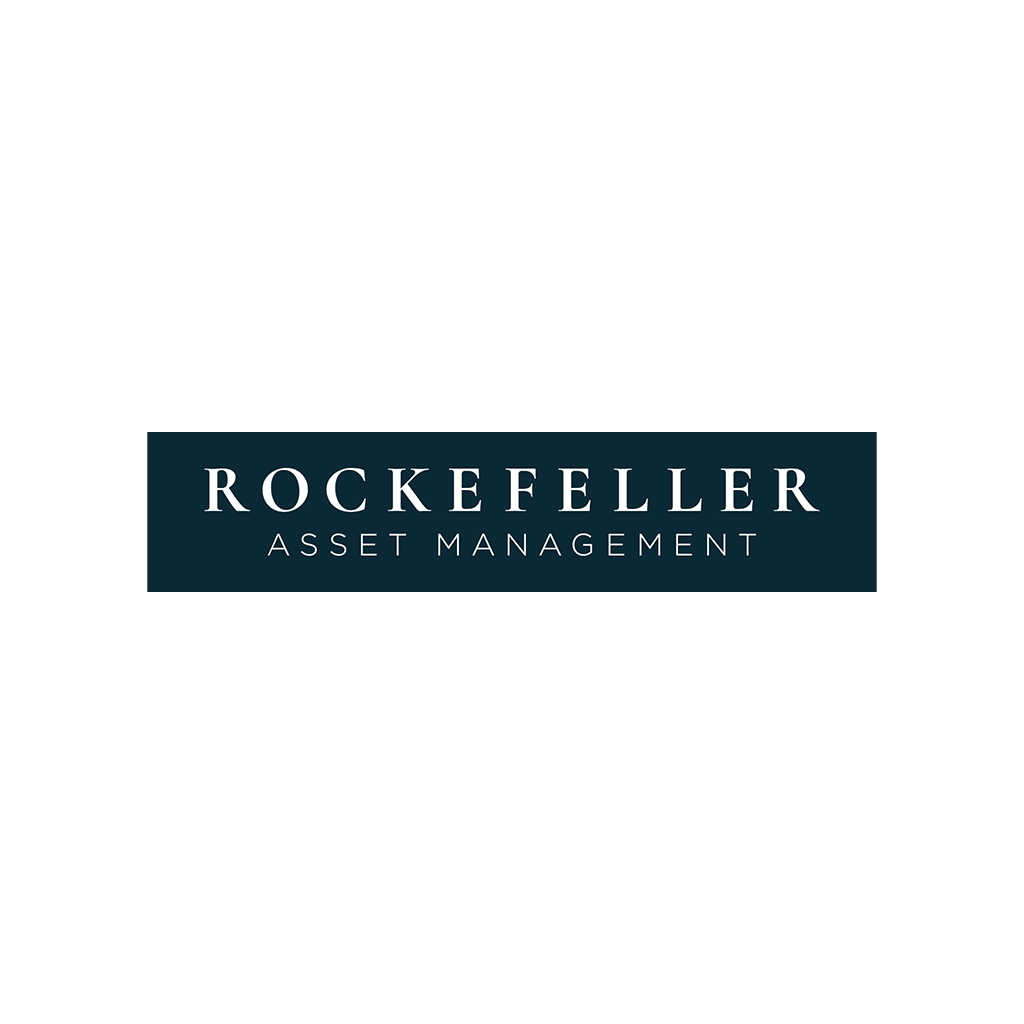
Rockefeller Asset Management
Rockefeller Asset Management, a division of Rockefeller Capital Management, offers traditional and alternative equity and fixed income strategies across active, multi-factor passive, and thematic approaches. Rockefeller Asset Management joined the Net Zero Asset Managers Initiative in November 2021 and made their Initial Target Disclosure in November 2022.
Percentage of assets covered by the Net Zero Asset Managers Commitment Statement
17.8% of total AUM (USD $1.837 billion)
Information on interim target(s) covering the proportion of assets to be managed in line with net zero
Baseline(s):
Portfolio decarbonisation reference baseline
19544 tCO2e
Carbon footprint using market cap = 799 tCO2e/invested. WACI = 523 tCO2e/revenue
Engagement threshold baseline
Shareholder engagement is a core part of Rockefeller’s investment process, both before purchasing a stock and throughout its holding period. Our engagement approach strengthens our investment process by identifying material ESG issues, like GHG emissions, and constructively engaging with companies to create long-term shareholder value and catalyze positive ESG improvement. Given this process integration, a majority of our financed emissions in material sectors are subject to engagement and stewardship actions.
Portfolio coverage baseline
10.2% of committed assets are net zero aligned, aligning or committed, following the alignment maturity scale of the PAII Net Zero Investment Framework. 42% of committed assets are considered aligned, aligning or committed to science-based targets following the classification system defined by committed and approved Science Based Targets (SBT).
Target(s):
Portfolio coverage target
Increase share of net zero aligned, aligning, or committed assets (as defined by the alignment maturity scale of the PAII Net Zero Investment Framework) to 38% by 2027 and to 100% by 2040. Increase share of SBT aligned, aligning or committed assets to 60% by 2027 and to 100% by 2040.
Portfolio decarbonisation reference target
– 50% portfolio emissions in intensity terms.
Engagement threshold target
Our engagement efforts will prioritize highly material sectors, financed emissions concentration, and lack of science-based targets to achieve alignment targets. Given these priorities, we plan to engage the majority of our highest emitters by 2025 and the majority of our holdings that lack science-based targets by 2030.
GHG scopes included:
Rockefeller Asset Management maintains that the decarbonization of our portfolios over time should be significantly driven by emission reductions across Scope 1, 2, and material scope 3 GHG emissions in the companies in which we invest. We currently define material scope 3 emissions to be those relevant to the 23 GICS industries outlined in the IPCC’s Special Report.
Methodology:
Net Zero Investment Framework
Scenario(s):
Rockefeller’s targets are informed by the goals of the Paris Agreement and the Intergovernmental Panel on Climate Change’s Special Report on Global Warming of 1.5C, as outlined in the IIGCC Net Zero Investment Framework.
Additional information
Proportion of AUM committed:
We expect to set interim targets at 5-year intervals thereafter reaching 100% AUM commitment by 2050. Given the current discretion of portfolio managers, portfolio mandate stipulations, quality and scope of emissions data currently available, and our long-term goal, we believe this approach is most practical for our firm. As such, we will continue to work constructively with our clients to integrate net zero objectives across that AUM which is not currently committed. This approach is also aligned with the IIGCC’s recommendation that committed AUM be reassessed and increased every five (5) years.
Policy on coal and other fossil fuel investments:
Yes. We firmly believe that identifying and anticipating material ESG risks and opportunities are essential for long-term value creation.
To help minimize downside risk, our investment process avoids companies that lack compatibility with international conventions or have unsustainable business models. Companies that derive greater than 25% of revenue or which generate greater than 25% of power from thermal coal fall within this exclusion process and are therefore not held in Rockefeller Asset Management’s ESG portfolio mandates. By not investing in those such companies or activities, we seek to reduce our exposure to unacceptable risk. Additionally, we recognize that over the lifetime of our ownership of a stock, underlying exposures to coal may change, at which point we will reassess whether the company still passes our risk exclusion policy.
Further information: